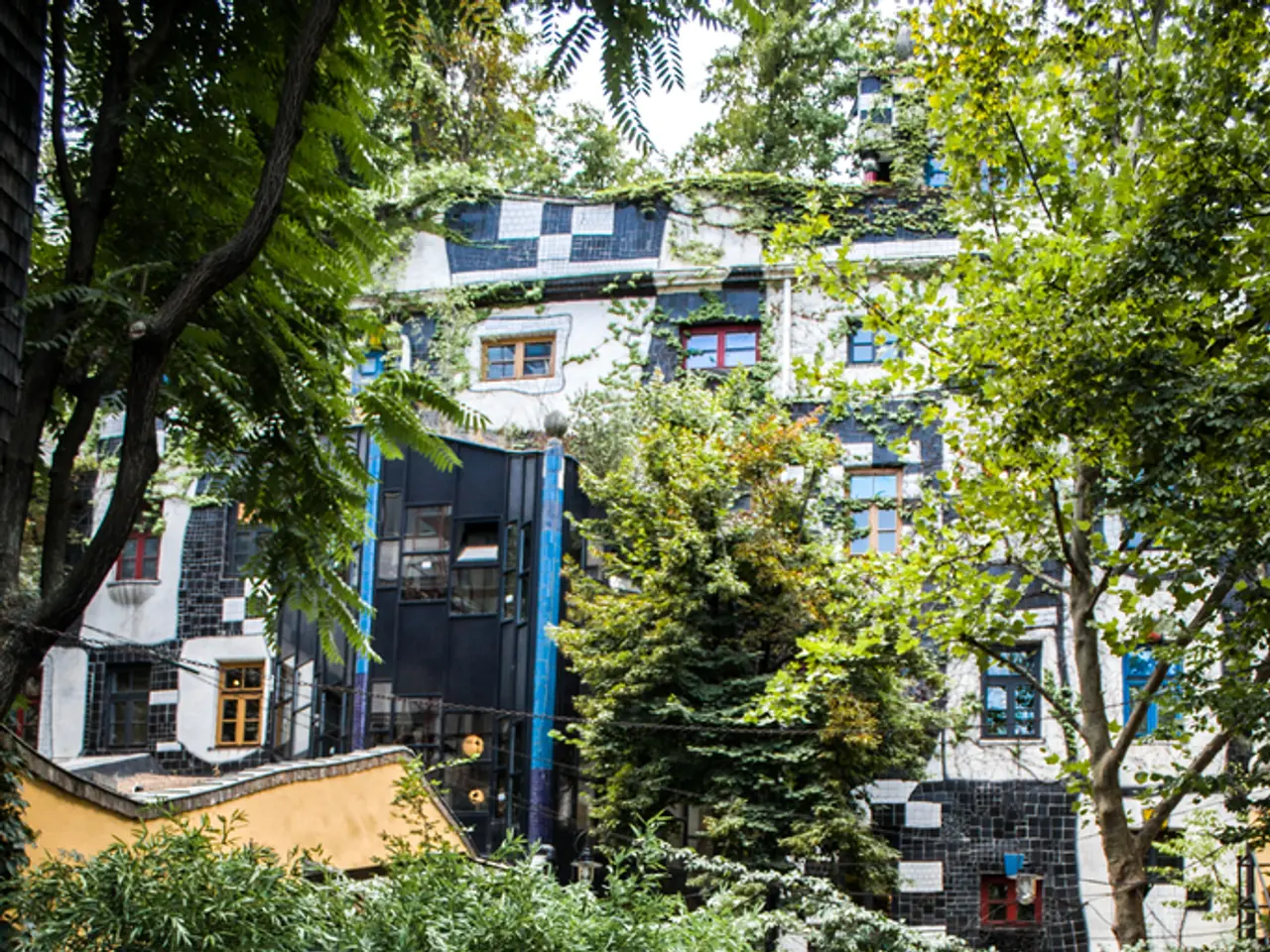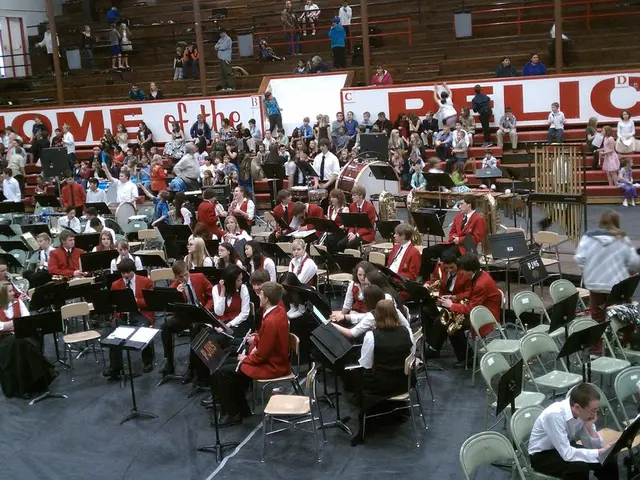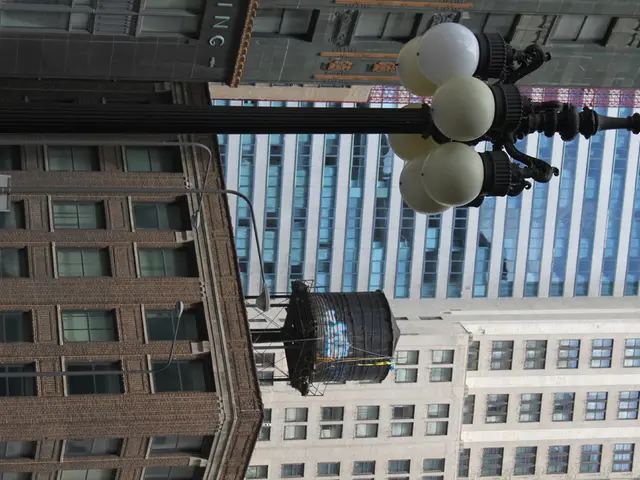Strategies for Temperature Regulation in Permanent Agriculture Dwellings and Greenhouses Through Passive Methods
In a bid to reduce energy consumption and combat climate change, the world is increasingly turning to passive cooling techniques for greenhouses and homes. These methods leverage natural processes and materials to regulate temperature without relying on mechanical systems, offering a sustainable and cost-effective solution.
At the heart of passive cooling are several key mechanisms:
1. **Thermal Mass Storage**: Materials such as concrete, water barrels, or rocks absorb heat during the day and release it slowly at night, stabilising indoor temperatures and reducing heating demand during cold periods.
2. **Insulation and Orientation**: Insulating north-facing walls and maximising sunlight on south-facing glazed walls in greenhouses traps heat effectively during the day while minimising heat loss at night. In homes, similar insulation strategies limit heat transfer, reducing both heating and cooling loads.
3. **Cross-Ventilation**: Strategic placement of vents or windows enables natural airflow, expelling hot air and drawing in cooler air, which reduces indoor temperatures without energy-consuming fans.
4. **Reflective and Shading Materials**: Using reflective coverings or shade cloths reduces heat gain from solar radiation, stabilising temperatures inside during hot conditions.
5. **Thermal Curtains and Double-Walled Glazing**: Thermal curtains help retain heat during cooler nights and prevent overheating in summer by providing shading. Double-walled polycarbonate panels offer superior insulation compared to single-layer materials, reducing fluctuations in temperature and conserving energy.
6. **Natural Sunlight Optimisation**: Transparent materials like glass maximise natural daylight while allowing passive solar heating, decreasing reliance on artificial lighting and supplementary heating.
These strategies offer benefits in various climates:
- **Cold Climates**: Passive solar heating and thermal mass storage keep interiors warm by capturing and retaining solar energy during the day to release it at night.
- **Hot Climates**: Cross-ventilation and shading techniques minimise heat buildup and promote cooling without electrical fans or air conditioners.
- **Temperate Climates**: A combination of passive solar gain during cool periods and natural ventilation during warm periods maintains comfortable conditions year-round, reducing overall energy use.
Incorporating passive cooling strategies can lead to lower electricity bills, a reduction in carbon emissions, and an improvement in indoor air quality. Emerging trends in passive cooling include the use of advanced materials and smart technologies to control ventilation and improve cooling, as well as bioinspired solutions that mimic nature's cooling methods.
Successful passive cooling designs require a deep understanding of the site's microclimate, the building's orientation, and the strategic placement of thermal mass, shading, and ventilation elements. Landscaping with trees, shrubs, and groundcovers can cool spaces naturally, reducing solar heat gain and energy costs. Green roofs and living walls contribute to stormwater management, biodiversity, and visual appeal, helping reduce a building's energy demand and environmental footprint.
In conclusion, passive cooling strategies, combined with new tech and smart design, are key to fighting climate change and creating built environments that are in harmony with their surroundings. By choosing the right site and orientation, utilising cross-ventilation, insulation, and natural materials, we can achieve comfortable, energy-efficient spaces that benefit both our wallets and the planet.
- Employing sustainable passive cooling techniques in homes can help store rainwater, which can serve as a thermal mass and further contribute to temperature regulation at night, enhancing overall sustainability.
- Encouraging biodiversity, green roofs and living walls, in addition to serving as natural stormwater management systems, also provide the added benefit of improving local biodiversity and creating a healthier environmental-science ecosystem.
- By concentrating on water management practices in homes and life-style choices, such as collecting and recycling rainwater for use in greenhouse irrigation, we can not only conserve water resources but also support the growth of a wider array of plant life that contribute to biodiversity.
- Incorporating science-backed climate-change mitigation strategies, such as passive cooling techniques, during the design of home-and-garden structures can result in an improved lifestyle that includes lower energy bills, reduced carbon footprints, and improved air quality, all while promoting a more sustainable and harmonious relationship with our planet.




